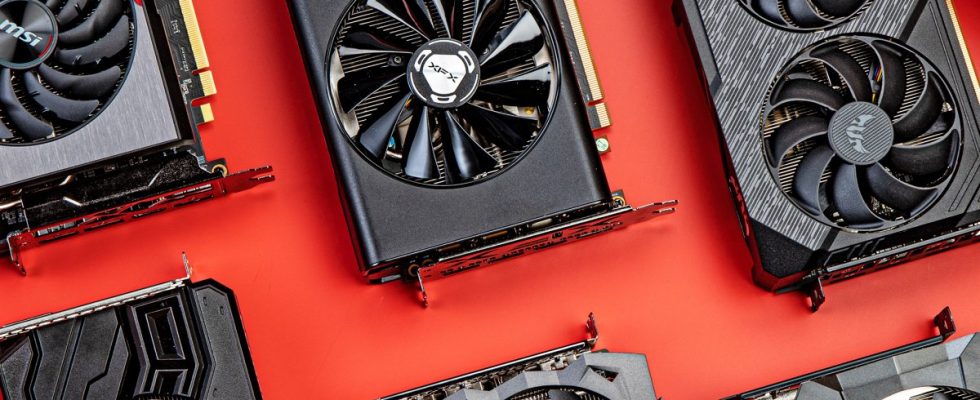The WebGPU graphics interface is making its way into a final browser for the first time six years after its first proof-of-concept. Although Apple was the initiator for the development in 2017, it is the Google company that is the first to implement WebGPU: The Chrome browser in version 113 runs with the new graphics interface by default.
WebGPU replaces the twelve-year-old WebGL (Web Graphics Library). Google compares the API in a blog with DirectX 12, Vulkan and Metal – just for web browsers instead of standalone applications or 3D games. The API is used to render graphics or import videos, for example, much faster than with WebGL.
So far, the whole thing has been running in the Chrome versions for Windows, macOS and ChromeOS. Other platforms will follow soon. Firefox and Safari are currently working on their own implementations and other Chromium browsers like Edge should follow soon.
compute shaders
Unlike WebGL, WebGPU can run not only graphics but also compute shaders. Today, this is important for local AI calculations on the PC – website operators are no longer dependent on computing power from the cloud. WebGPU cannot use specialized AI processing units such as the tensor cores in Nvidia’s GeForce RTX graphics cards, at least not yet.
The “GPU for the Web” community group of the World Wide Web Consortium (W3C) was and is responsible for the development. People from Alibaba, Apple, Google, Intel, Meta, Microsoft, Mozilla, and Nvidia, among others, contributed ideas and code. AMD was not involved.
WebGPU is written in Javascript and uses its own shader programming language WGSL (WebGPU Shading Language).
Browser fingerprinting
However, the speed advantage comes with a downside: WebGPU simplifies browser fingerprinting. The performance characteristics of a graphics unit are so individual that they can significantly simplify browser tracking for website operators. Users can be identified in this way, even without the use of cookies.
In addition to data retrieval, such as how many shader cores the GPU has, one can measure the loading time of certain graphics in tenths of a second. Browsers can be assigned to specific devices.
(mma)

